How much does it cost to live on a Scottish island?
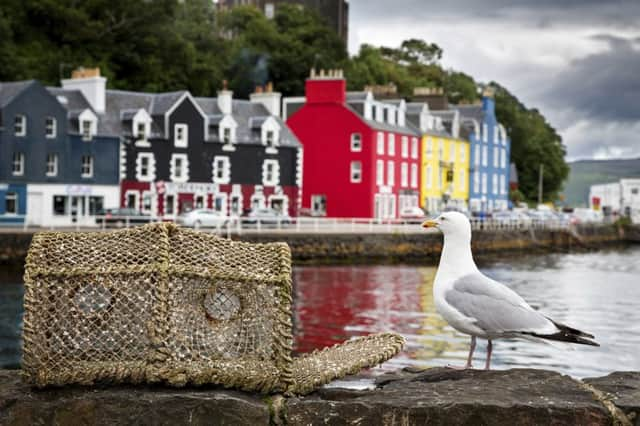

But beyond the picture postcard images of sparkling blue seas, tranquil spaces and natural beauty lie a series of harsh realities not faced on the mainland.
House prices, heating, food and fuel all drive up the cost of living an island life.
Advertisement
Hide AdAdvertisement
Hide AdIslands have become hot beds of enterprise and innovation as residents strive to create the best, affordable quality of life for their families.
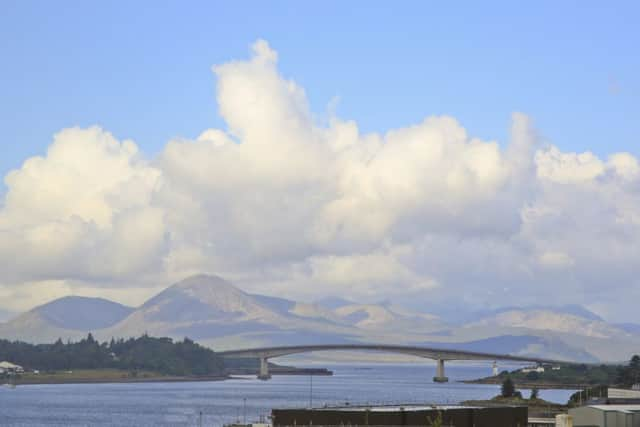

Here we look at the issues that keep the cost of island life high - and some of the measures being taken to address the challenges.
HOUSING
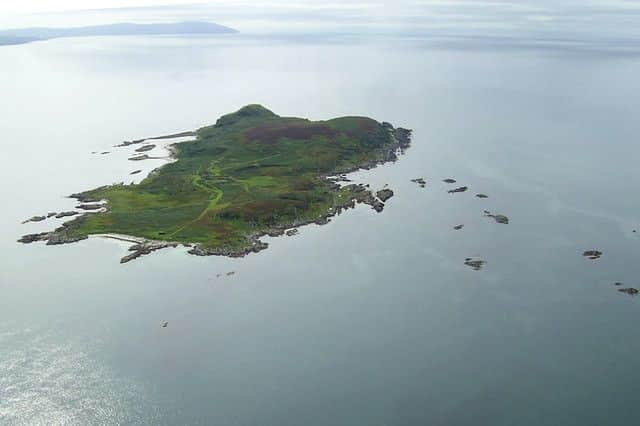

High numbers of holiday homes and estate-owned properties on Scotland’s islands have led to a drive in new house building to ensure the sustainability and health of island life.
However building costs on some islands - such as Iona and Coll - are around 30 per cent higher than on the mainland.
Jodi Macleod, project officer for Our Island Home, which creates new affordable homes for young islanders, said importing tradespeople and materials pushed up the price.
Accessibility is also an issue with ferry cancellations causing delays and higher costs.
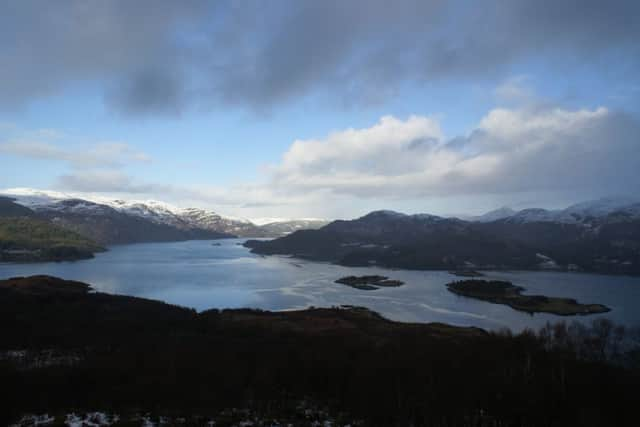

On Colonsay, where around 45 per cent of properties are holiday homes, a significant number of new properties are being built. However, construction costs are typically between £75,000 and £100,000 for each house with plots valued up to £20,000.
Meanwhile, one study showed that the highest house prices in Scotland can be found in accessible rural areas and are around £54,000 higher than the rest of the country.
Advertisement
Hide AdAdvertisement
Hide AdOnly a small number of island homes are eligible for the Scottish Government shared equity scheme given that prices tended to be greater than the qualifying thresholds, Ms Macleod said.
On the Western Isles, such as Lewis. Benbecula and Harris, prices tended to be lower she added.
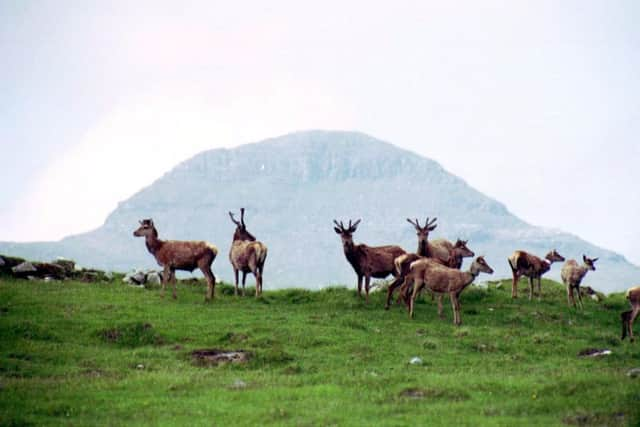

Ms Macleod said that tackling housing and fuel costs was “half the battle” in getting people to build a lifetime home on an island. She added that people generally accepted higher food and delivery charges “in turn for the lifestyle and beautiful surroundings.”
FOOD
Shops such as Bùth Bharraigh on Barra aim to showcase the best of island food while supporting local producers.
Yet getting the weekly shop sorted for full-time residents can be a challenge.
Weekly groceries for a single person on a remote island settlement is said to cost around £57.44, according to Shetland Isles Council.


By comparison a resident of a remote English rural town would spend around £20 a week less on his groceries.
The price difference is due to in-built transportation costs and supply and demand issues.
Advertisement
Hide AdAdvertisement
Hide AdSome supermarkets do deliver to islands. A resident on Mull, for example, could have a delivery from Tesco at Oban - around 45 minutes on the ferry - but slots are in high demand.
A quick check yesterday showed no delivery was available until at least June 14!
DELIVERY CHARGES
Online shopping is an obvious lifeline for island dwellers but high delivery surcharges charges continues to impact the Scottish Highlands and Islands more than other rural areas of the UK, according to Citizens Advice Scotland.
A report published last September found island residents are surcharged by 53.1 per cent of retailers now - although this is down from 62 per cent in 2012.
Surcharges have risen by 15.8 per cent, or 8.3 per cent when taking into account of inflation, for islands consumers since 2012.
Around one in 10 retailers refuse to deliver to some parts of the islands, although this has also fallen.
HEAT AND LIGHT
The islands experience some of the harshest climates in Scotland - and some of the highest fuel prices.
The key issue is the lack of mains gas on many islands with residents relying on electricity and LPG for warmth.
Advertisement
Hide AdAdvertisement
Hide AdIt reported that domestic energy bills in off-gas areas are, on average, around £1000 more a year than the average 2014 dual-fuel average of £1369.
Anecdotal evidence from Ulva, off Mull, suggests that residents there are paying up to £200 a month on fuel.
More than half the households in Eilean Sar, Highland and Orkney live in fuel poverty - a member of a household living on a lower income in a home which cannot be kept warm at reasonable cost - where more than 10 per cent of income is spent on heating.
The challenge has bred innovation in many cases, however, with islands harnessing the power of renewables.
One example is Eigg Electric, a community owned company which provides electricity for all island residents.
PETROL AND TRANSPORT
Residents on a number of islands now benefit from a 5p cut on the price of a litre of fuel.
Those living on Bute, Mull, Islay and Jura were amongst those to benefit.
Road Tariff Equivalent Fares have been brought into all island ferry services which links fares to the cost of travelling the equivalent distance on land.
Advertisement
Hide AdAdvertisement
Hide AdIt has brought down a single passenger fare by around 44 per cent with car fares down by 55 per cent.
However, transport remains a key issue for islanders.
One study, printed in 2011 found that two thirds of residents living in accessible rural Scotland spend £100 a month on fuel for cars, compared to 48 per cent in the rest of Scotland.
Just over half of residents in remote rural areas (55 per cent) stated that they had access to good public transport facilities, compared with 91 per cent in the rest of Scotland.
Poor service is said to lead to isolation and a barrier to employment with pensioners and single parents particularly hit.
DOWNLOAD THE SCOTSMAN APP ON ITUNES OR GOOGLE PLAY